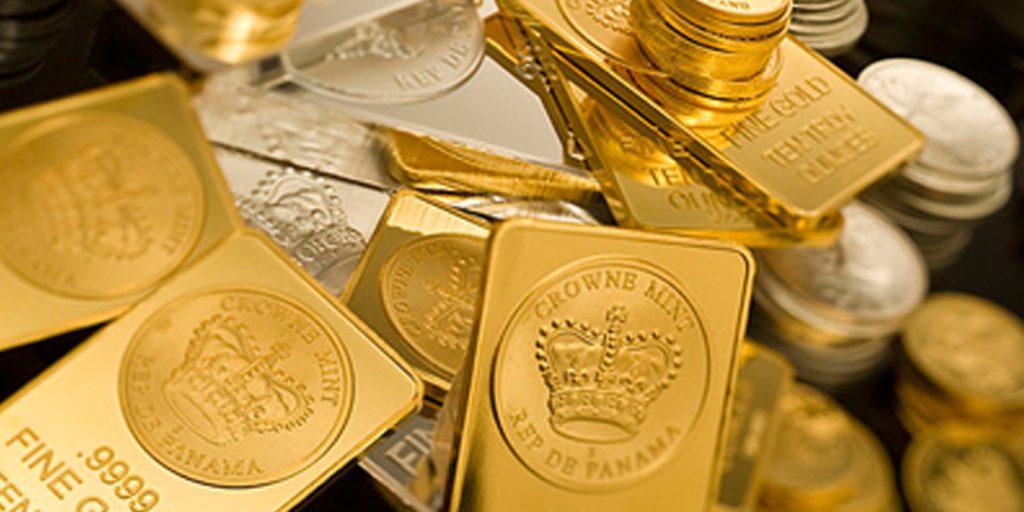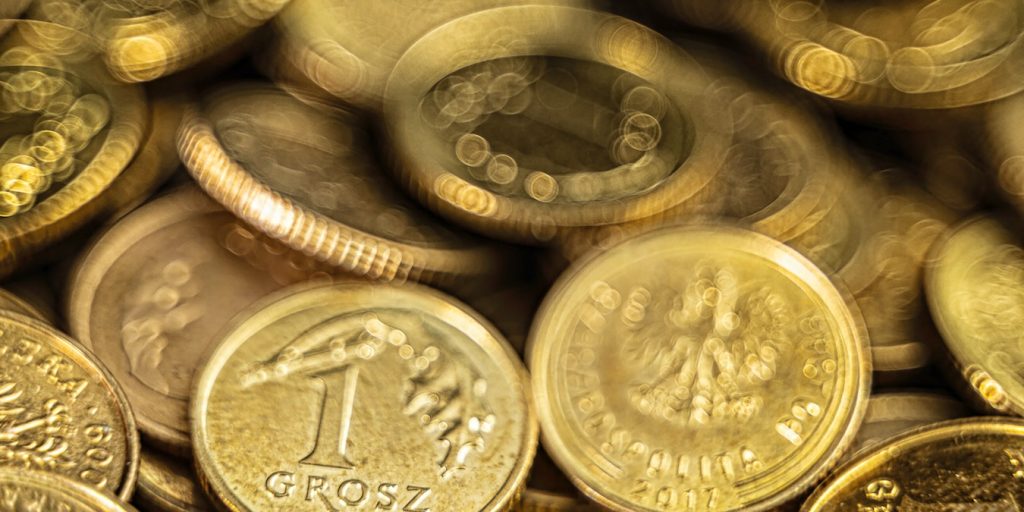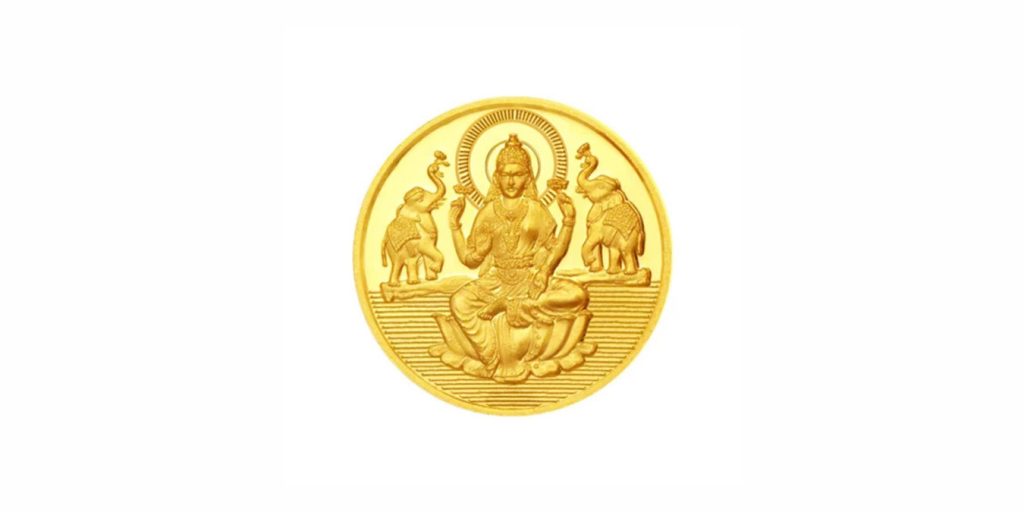The global gold market is changing and it’s impacting the way businesses operate. Companies are looking for a more secure and affordable source of gold, which is why the global gold markets is on the rise. The increasing demand for gold has led to increased prices, which in turn has helped these businesses make profits.

What is the Gold Market?
The gold market is a market where people buy and sell physical gold. It is a global market where buyers and sellers can exchange goods and services in order to purchase or sell gold. The structure of the gold market allows for relatively quick transactions, which makes it an ideal place to trade goods that are rare or valuable enough to be worth buying and selling.

The History of the Gold Market.
The history of the gold market dates back to at least 1600 BC when Egyptians began trading in precious metals. After centuries of trade, Europeans started Trading with Asia in the sixteenth century and eventually bought silver from China in return for goods like silk and spices. From there, European traders went on to purchase more gold from various countries around the world until they finally accumulated enough treasure to mint coins as part of their Empires.

The Gold Market Structure Today. What Types of Transactions Does the Gold Market support?
1) Buyers: Individuals who want to purchase physical gold for use as currency or jewelry
2) Sellers: Merchants who have purchased physical gold in order to resell it
3) Traders: Businesses that buy and sell physical gold in order to earn profits
4) Buyers: Individuals who want to purchase physical gold for use as currency or jewelry
The buyers in gold are people who want to purchase physical gold for use as currency or jewelry. The sellers in the gold market are merchants who have purchased physical gold in order to resell it. The traders in the gold market are businesses that buy and sell physical gold in order to earn profits.

What is the Gold Market Value?
The global gold market value totaled $6.59 trillion as of September 30, 2018. The gold value is composed of both physical and virtual assets. Physical assets include coins, bars, and other bullion, while virtual assets include ETFs ( Exchange Traded Funds) that track the price of gold.
The global gold rate is changing due to a variety of reasons. Some investors are buying physical gold in order to store it or invest it in other businesses. Others are investing in ETFs that track the price of gold as a hedge against inflation risks. still, others are buying gold for its rare earth elements content, which has been increasing in value over the past few years.

What are the Possible Reasons for the Gold Rate Increase?
A possible reason for increase in the gold rate is that it is an inflation hedge against a falling dollar. This has been demonstrated over the last century.
The price of gold correlates with inflation rates but is not limited to US markets.
Another explanation could be that consumers and investors fear that central banks will destroy their currency reserves by issuing debt, which will eventually result in hyperinflation.
It is possible that it’s simply due to a combination of these factors and more. Gold has several qualities and characteristics that make it an attractive investment option for investors-high liquidity.
stability against inflation (the rising general level of prices), security against geopolitical risk and potential confiscation risks in some countries.
as well as scarcity value- meaning an increased demand for gold cannot be met by increasing supply from mining operations.

Conclusion
Gold is a valuable resource that has been used for centuries to make money. The rate of increase in the gold price is due to various reasons, including economic growth and increasing awareness of the worth of gold. The increase in the gold price will likely continue, and there are many possibilities for future growth in the gold market.



0 Comments